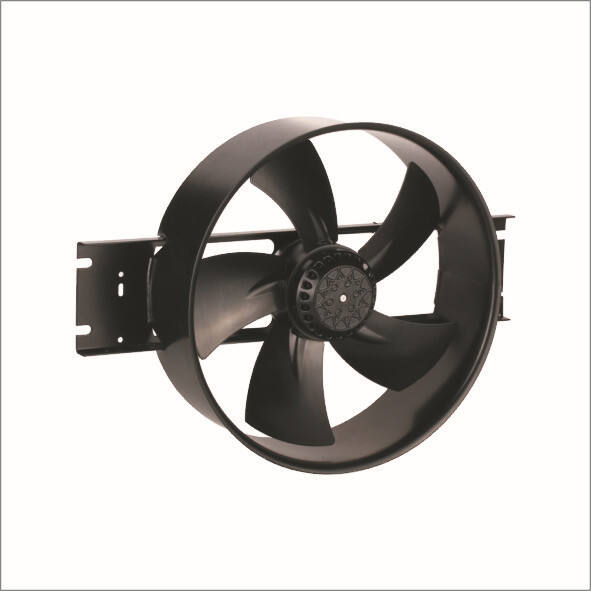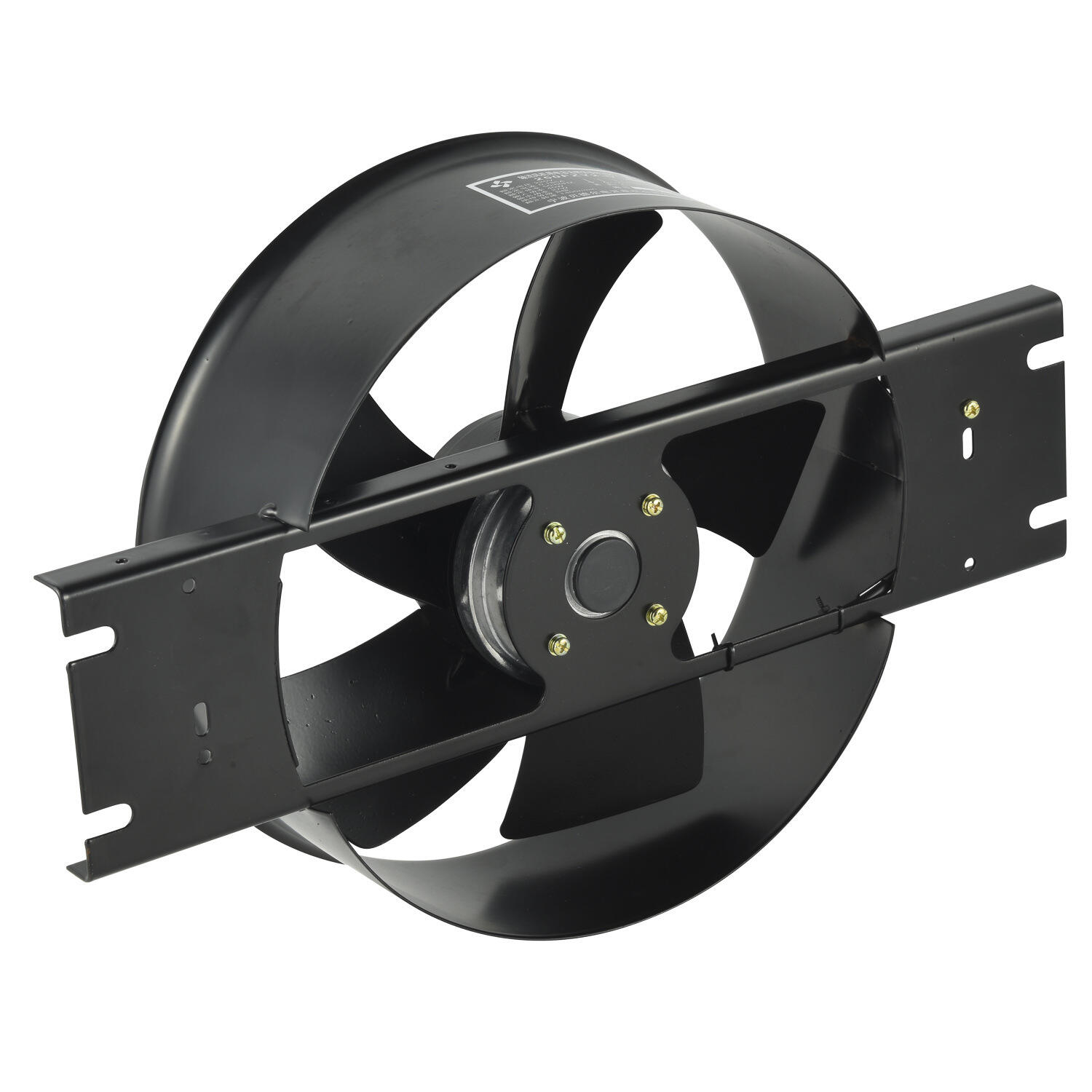centrifugal fan and axial fan
Centrifugal fans and axial fans are two fundamental types of mechanical devices used for air movement and ventilation systems. Centrifugal fans operate by drawing air into the center of a rotating wheel equipped with blades, then discharging it radially outward through centrifugal force. These fans feature a scroll-shaped housing that collects and directs the air flow, making them ideal for applications requiring high pressure and moderate airflow rates. Axial fans, conversely, move air parallel to the shaft around which the blades rotate, similar to a propeller. The straightforward design allows air to flow directly through the fan, making them excellent for applications requiring high flow rates at lower pressures. Both types serve crucial roles in industrial ventilation, HVAC systems, and process cooling. Centrifugal fans excel in applications requiring high static pressure, such as industrial dust collection and material handling, while axial fans are commonly found in computer cooling systems, ventilation shafts, and cooling towers. The technological features of these fans include variable speed control, energy-efficient motors, and advanced blade designs that optimize performance while minimizing noise levels. Modern manufacturing techniques have enabled the production of fans with improved aerodynamic efficiency and durability, incorporating materials that resist corrosion and wear.


